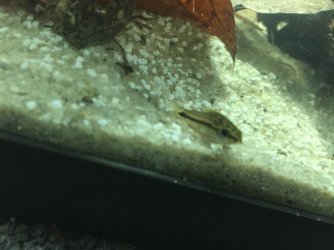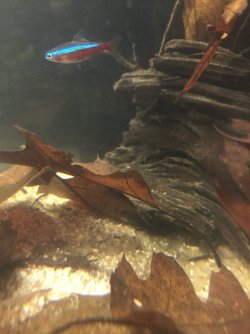The flashing occurring by all the fish, or more than just one neon tetra, signals that whatever is causing it, all the fish are being affected.
It is unlikely to be neon tetra disease; many jump to this conclusion, but while it could be, the cause is probably much closer to home.
Not being able to test your water is severely hindering any help we can give you. A test like the API liquid Master Combo (pH, ammonia, nitrite and nitrate) is well worth the cost. Or at the very least, take a jar of tank water to a reliable fish store and ask them to test it for ammonia and nitrite. Make sure they give you a number, not some vague useless term like (a bit high" or "acceptable." If we do not know the actual number for ammonia and nitrite, we are only guessing.
The other thing is that ich (white spot) is very common, and this always begins with flashing because the parasite first attacks fish in the gills where it is unseen. This is now believed to live permanently in many aquaria, but only cause an outbreak if fish are stressed, as they would be in a new tank, being netted and moved, etc. A new tank is not established, even if it is cycled, and this can cause stress to many fish, esp cardinals.
Photos (provided they are clear) would help, if there are external signs. I am only guessing, but I would suggest this is either a cycling issue or ich, or both. Ammonia or nitrite above zero will both cause flashing, and that means stress, which may bring on ich. Fin degeneration is also a symptom frequently seen with ammonia or nitrite poisoning and ich. You have to assume it could be several issues, and eliminate them one at a time. Water tests are always a first step, and a major water change will never be detrimental at the first sign of such symptoms.
Byron.



